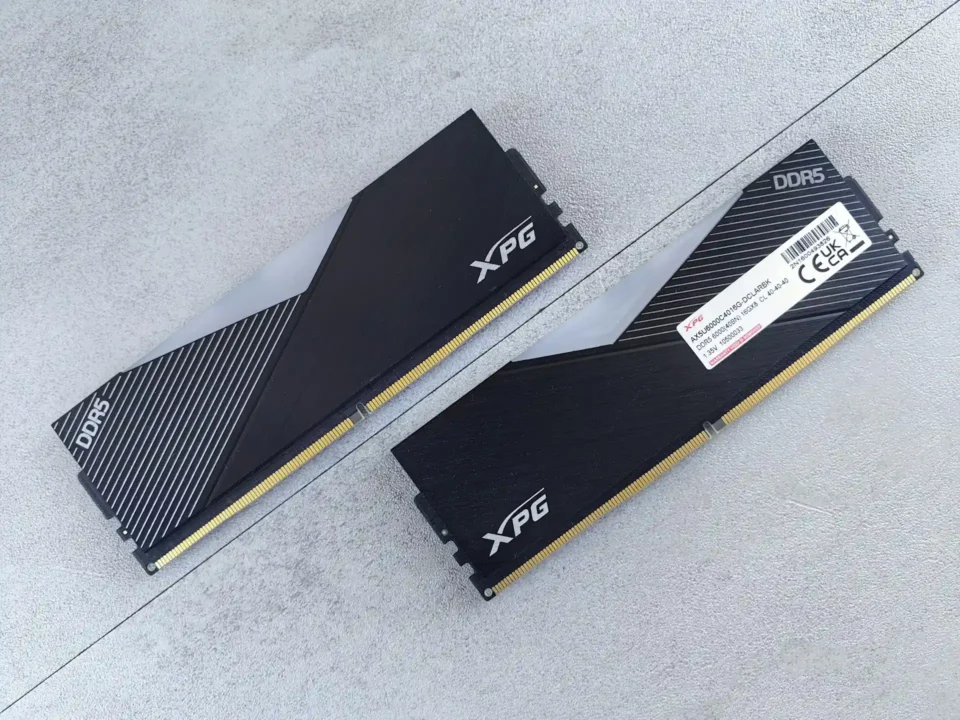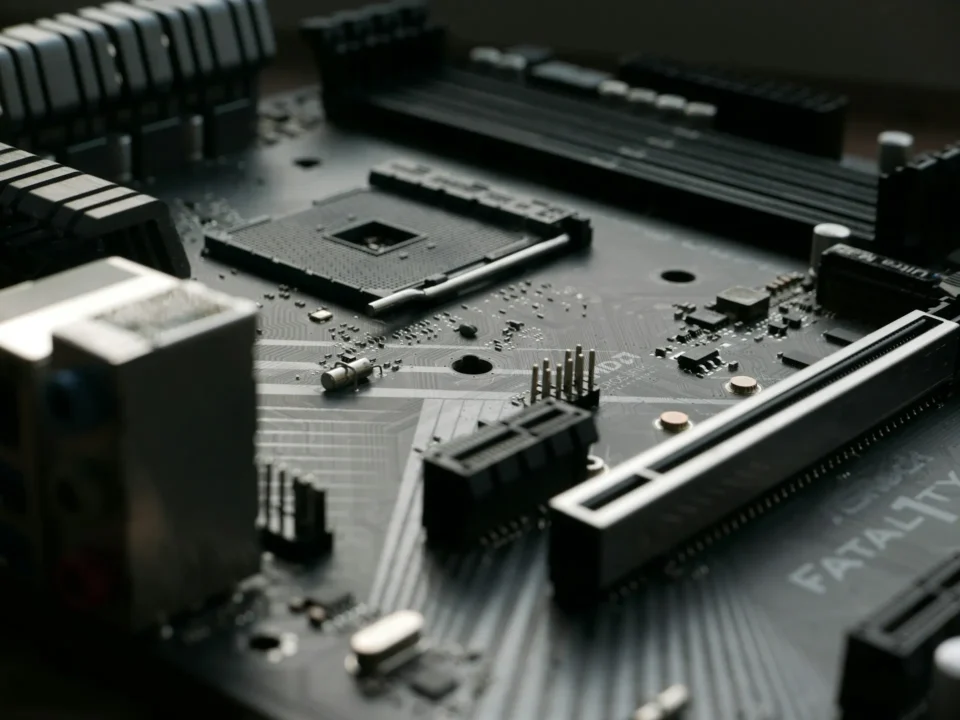Windows lifespan and when we should upgrade to the next version

What are the key components when building your computer system?
February 22, 2024
What is Proxy?
April 24, 2024Windows XP is a widely used operating system released by Microsoft in 2001. It introduced a more user-friendly interface, enhanced multimedia capabilities, and improved stability compared to its predecessors. Windows XP had several editions, including Home Edition, Professional, Media Center Edition, and Tablet PC Edition.
Here’s a brief overview of Windows XP’s lifespan:
- Release Date: Windows XP was officially released on October 25, 2001.
- Mainstream Support: The mainstream support phase for Windows XP lasted until April 14, 2009. During this period, Microsoft provided regular updates, new features, and technical assistance.
- Extended Support: After the end of mainstream support, Windows XP entered the extended support phase, which lasted until April 8, 2014. During this phase, Microsoft continued to provide security updates and support for critical issues.
- End of Support: On April 8, 2014, Windows XP reached its end of support, meaning Microsoft discontinued all updates, including security patches and technical assistance. This made Windows XP vulnerable to security risks and compatibility issues.
- Legacy Systems: Despite the end of support, some organizations and users continued to use Windows XP due to compatibility reasons or legacy systems. However, it’s generally recommended to upgrade to a supported operating system to ensure security and compatibility with modern software and hardware.
Windows Vista was a Microsoft operating system released in 2006 as the successor to Windows XP. It aimed to enhance security, performance, and user experience but faced mixed reviews due to compatibility issues and system requirements. Here’s a summary of Windows Vista’s lifespan:
- Release Date: Windows Vista was officially released on January 30, 2007.
- Mainstream Support: The mainstream support phase for Windows Vista lasted until April 10, 2012. During this time, Microsoft provided updates, new features, and technical support.
- Extended Support: After the end of mainstream support, Windows Vista entered the extended support phase, which lasted until April 11, 2017. Microsoft continued to offer security updates and support for critical issues during this period.
- End of Support: On April 11, 2017, Windows Vista reached its end of support, and Microsoft discontinued all updates, including security patches and technical assistance. This made Windows Vista vulnerable to security risks and compatibility issues.
- Transition to Newer Versions: Windows Vista’s successor, Windows 7, was released in 2009 and gained more popularity among users due to improved performance and compatibility. Many users and organizations upgraded to Windows 7 or later versions, leaving Windows Vista less commonly used over time.
- Legacy Systems: Some legacy systems or devices may still run Windows Vista, but it’s generally recommended to upgrade to a supported operating system to ensure security and compatibility with modern software and hardware.
Windows 7 was a highly successful operating system released by Microsoft in 2009 as the successor to Windows Vista. It aimed to address many of the criticisms leveled against Vista, offering improved performance, stability, and user experience. Here’s a summary of Windows 7’s lifespan:
- Release Date: Windows 7 was officially released on October 22, 2009.
- Mainstream Support: The mainstream support phase for Windows 7 lasted until January 13, 2015. During this period, Microsoft provided updates, new features, and technical support for the operating system.
- Extended Support: After the end of mainstream support, Windows 7 entered the extended support phase, which lasted until January 14, 2020. Microsoft continued to offer security updates and support for critical issues during this extended phase.
- End of Support: On January 14, 2020, Windows 7 reached its end of support, and Microsoft discontinued all updates, including security patches and technical assistance. This made Windows 7 vulnerable to security risks and compatibility issues.
- Legacy Systems: Despite the end of support, many users and organizations continued to use Windows 7 due to its stability and familiarity. However, Microsoft strongly recommended upgrading to a supported operating system, such as Windows 10, to ensure security and compatibility with modern software and hardware.
Windows 8 was a significant operating system release by Microsoft, representing a departure from traditional Windows interfaces with the introduction of a touch-centric interface. Here’s a brief description of Windows 8 and its lifespan:
- Release Date: Windows 8 was officially released on October 26, 2012.
- Mainstream Support: The mainstream support phase for Windows 8 lasted until January 9, 2018. During this period, Microsoft provided updates, new features, and technical support for the operating system.
- Extended Support: After the end of mainstream support, Windows 8 entered the extended support phase, which lasted until January 10, 2023. Microsoft continued to offer security updates and support for critical issues during this extended phase.
- End of Support: On January 10, 2023, Windows 8 reached its end of support, and Microsoft discontinued all updates, including security patches and technical assistance. This made Windows 8 vulnerable to security risks and compatibility issues.
- Transition to Windows 8.1: Windows 8.1 was released as an update to address some of the criticisms and shortcomings of Windows 8. It introduced various improvements, including the return of the Start button and enhancements to the user interface. Users were encouraged to upgrade to Windows 8.1 to receive continued support and updates.
Windows 10 is a versatile operating system released by Microsoft in 2015. It brought together the best features of Windows 7 and Windows 8 while introducing new functionalities and enhancements. Here’s a short description of Windows 10 and its lifespan:
- Release Date: Windows 10 was officially released on July 29, 2015.
- Servicing Model: Unlike previous versions of Windows that received major updates as new editions (like Windows 7, Windows 8, etc.), Windows 10 introduced a new servicing model. Instead of releasing new versions, Microsoft regularly updates Windows 10 through feature updates and cumulative updates, ensuring users stay current with the latest security patches, features, and improvements.
- Support Lifecycle: Windows 10 follows a continuous support model known as the “Windows as a Service” (WaaS) model. This means that as long as your device is running a supported version of Windows 10 and receiving updates, you are covered by Microsoft’s support.
- Support Phases: Windows 10 has two main phases of support:
- Mainstream Support: This phase typically lasts for about five years from the initial release date. During mainstream support, Microsoft provides feature updates, security updates, bug fixes, and technical support.
- Extended Support: After mainstream support ends, Windows 10 enters the extended support phase, during which Microsoft continues to provide security updates and bug fixes but does not introduce new features. Extended support lasts for about five years from the end of mainstream support.
End of Support for Specific Versions: It’s important to note that within the Windows 10 ecosystem, specific versions receive support for a limited time. Users are encouraged to stay up-to-date by installing the latest feature updates to remain within the supported lifecycle.
Windows 11 is the latest version of the Windows operating system released by Microsoft. It builds upon the foundation of Windows 10 while introducing several new features, design enhancements, and performance improvements. Here’s a short description of Windows 11 and its lifespan:
- Release Date: Windows 11 was officially released on October 5, 2021, as the successor to Windows 10.
- Design and Features: Windows 11 features a refreshed user interface with centered Start menu, taskbar improvements, new snap layouts for multitasking, Microsoft Teams integration, enhanced gaming capabilities with DirectStorage, and support for Android apps through the Microsoft Store.
- System Requirements: Windows 11 has updated system requirements compared to Windows 10, including TPM 2.0 (Trusted Platform Module) and Secure Boot support. These requirements are designed to enhance security and performance on compatible hardware.
- Support Lifecycle: Similar to Windows 10, Windows 11 follows the “Windows as a Service” (WaaS) model with continuous updates and support. This means that as long as your device meets the system requirements and is running a supported version of Windows 11, you will receive regular updates, security patches, and technical support from Microsoft.
- Support Phases: Windows 11 has two main phases of support:
- Mainstream Support: During this phase, Microsoft provides feature updates, security updates, bug fixes, and technical support for a specified period. The duration of mainstream support for Windows 11 will be announced by Microsoft.
- Extended Support: After mainstream support ends, Windows 11 will enter the extended support phase, during which Microsoft will continue to provide security updates and bug fixes but will not introduce new features.
End of Support for Specific Versions: Within the Windows 11 ecosystem, specific versions will receive support for a limited time. It’s recommended to stay up-to-date by installing the latest updates to remain within the supported lifecycle.
In summary, Windows 11 represents the latest evolution of the Windows operating system, offering new features, design improvements, and ongoing support through a continuous update model similar to Windows 10.
There are several important reasons why it’s generally recommended to use the latest Windows version and benefit from full support:
- Security Updates: The latest Windows versions receive regular security updates to protect against new threats and vulnerabilities. Running an unsupported version leaves your system more vulnerable to malware, viruses, and cyberattacks.
- Compatibility: Newer Windows versions are designed to be compatible with the latest hardware, software, and drivers. Using an outdated version may lead to compatibility issues, making it difficult to run newer applications or utilize modern hardware features.
- Performance Improvements: Each Windows update typically includes performance optimizations, bug fixes, and stability improvements. Upgrading to the latest version can enhance system performance, responsiveness, and overall user experience.
- Feature Enhancements: New Windows versions introduce innovative features, productivity tools, and user interface improvements. By staying updated, you can take advantage of the latest features and capabilities to boost productivity and streamline tasks.
- Support and Assistance: Microsoft provides technical support and assistance for users running supported Windows versions. This includes troubleshooting guidance, software updates, and access to online resources. Unsupported versions may not receive official support, making it challenging to resolve issues or get help when needed.
- Compliance and Regulations: In certain industries or organizations, using outdated software may not comply with industry standards, regulations, or security policies. Upgrading to the latest Windows version ensures compliance with current requirements and best practices.
Extended Lifespan: By regularly updating to the latest Windows version, you extend the lifespan of your devices and software investments. Continuously using outdated systems may lead to performance degradation, compatibility issues, and higher maintenance costs over time.




